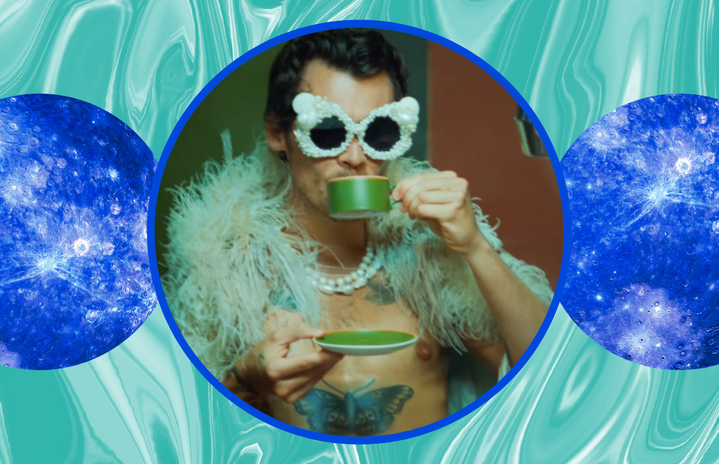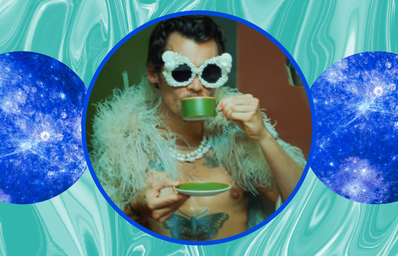From humble beginnings in Harajuku to the runways of Westwood and Schiaparelli and now our local thrift stores, maximalism has always been around as a staple fashion style. And now is a better time than ever for Gen Zs to popularise it. Maximalism mixes the inspiration of Avant-Garde high fashion brands like Gucci and Comme des Garçons with ease of accessibility and freedom of expression to show our chaos through our style.
As a result of the post-pandemic culture, we find ourselves in, it’s really no wonder we’ve taken a liking to maximalism as it’s a style that encourages thrifting and refurbishing pieces in our wardrobes.
As an apparent opposite to the minimalism which was rampant during the late 2010s (a style still very much popular with the Kardashians), maximalism sits on the other style extreme. It’s all about colour, patterns, prints, and layers. Basically, breaking all the traditional fashion rules. Many people accredit the popularisation of the style to the Japanese fashion district Harajuku and the many iconic streets looks captured particularly during the 1980s. Although arguably, maximalism has been here since the 60s with all the psychedelic patterns and wild, bright colour combinations that were trends of that era.
Many styles still present today can be regarded as subgenres of maximalism, some of which have even spawned their own subcultures because of their popularity, such as goth, grunge, punk, E-girl/E-boy and Lolita.
Along with the weird-core aesthetic uprise on TikTok, maximalism feeds into this aesthetic by allowing experimentation with silhouettes and texture. According to YouTuber, Mina Lee, “Maximalism refers to spectacle. Its beauty lies in excess and eclecticism. Maximalist fashion has been associated with extravagance, artifice, and non-functional style.” Y2K fashion, which has been making a comeback in recent trends, forms part of the messiness and boldness that encompasses the maximalist style.
There are a couple of strategies you can take when building your own maximalist outfit.
For many, maximalism is about making a statement about who you are as well as simply showing off the many pretty things you have hidden in your wardrobe. One fit-building strategy includes putting a bold statement piece (or two or three) at the centre of the outfit, whether that be a gorgeous dress, vest, shoes or even a hat, and finding other pieces that match that piece in colour. No matter how much you add, keeping the colours complimentary will add a sense of cohesiveness to the chaos.
Another strategy is simply just layering prints; matching things together that you might have never matched before or worn together. Part of the fun of maximalism is the experimentation and identification that comes with exploring it and because of this, it’s no wonder high fashion brands and influencers alike flock to this style.
Besides its influences in fashion, maximalism also significantly influences décor and interior design, encouraging people on social media to show off the carefully curated collections that they’ve built up over the years. The popularity of DIY, which can also be attributed to our post-pandemic era, works so well with maximalist décor because of the homemade and kooky feel of many DIY projects.
Some maximalist tiktokers to follow for more style and decor inspo include @saracampz, @kristenvbateman, @annagolkayepez and @joshandmattdesign.
If you think of minimalism the way I do – as a constrained and somewhat orderly way of showcasing style – then maximalism will be a wild, free expression and experimentation of identity. Where high fashion meets your wardrobe, maximalism is simultaneously for those who love a more vintage look of 80s grunge and expressionism or the modern touches of 2000s Y2K.


